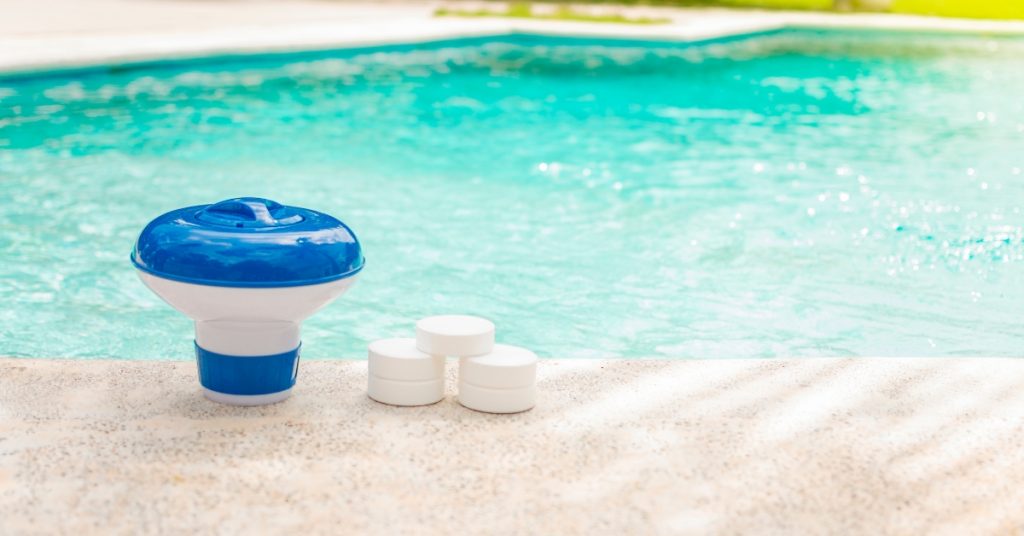Access to clean, safe water is fundamental to public health. Among the many processes involved in water treatment, chlorination stands out as a reliable and effective method to ensure water safety. Used globally for over a century, chlorination of water has significantly reduced the spread of waterborne diseases such as cholera, dysentery, and typhoid.
But what is chlorination exactly, and why is it so vital in water treatment processes? This blog explores the importance of chlorination in water treatment, the methods used, and how it continues to play a critical role in delivering safe drinking water.
What is Chlorination?
Chlorination is the process of adding chlorine or chlorine compounds to water to kill bacteria, viruses, and other microorganisms. It is one of the most common and trusted methods for disinfecting drinking water. When chlorine is introduced into water, it reacts with pathogens, breaking down their cell walls and neutralizing them.
This process not only ensures the immediate safety of the water but also provides residual protection, keeping the water safe as it moves through pipes and storage systems until it reaches the end user.
Why is Chlorination Important?
The primary goal of the chlorination of water is disinfection. However, its importance goes beyond just killing germs. Here are a few key benefits:
- Prevention of Waterborne Diseases
Water chlorination has played a pivotal role in reducing disease outbreaks. By eliminating harmful microorganisms, it prevents the spread of infectious diseases. - Residual Protection
Unlike other disinfection methods, chlorination continues to protect water even after treatment, which is especially important in large distribution networks. - Cost-Effectiveness
Chlorination is relatively inexpensive and easy to implement, making it a practical solution for both urban and rural water supply systems. - Compatibility with Other Treatments
Chlorination in water treatment works well alongside other purification techniques like filtration and sedimentation, providing a multi-barrier approach to water safety.
Methods of Chlorination of Water
There are several methods of chlorination of water, each suited to different needs and scales of operation. Some of the most widely used include:
- Chlorine Gas
This is one of the oldest and most effective methods. Chlorine gas is added directly to the water. While it requires careful handling due to its toxic nature, it is highly efficient in large-scale municipal systems. - Sodium Hypochlorite
Commonly known as liquid bleach, sodium hypochlorite is widely used in smaller systems or emergency disinfection due to its ease of use. - Calcium Hypochlorite
This solid form of chlorine is stable and portable, making it ideal for use in areas with limited infrastructure or in disaster relief scenarios. - Chlorine Dioxide
An advanced method is used in specific situations where regular chlorine might not be as effective. It’s useful in removing biofilms and in treating water with high levels of organic matter.
INDION’s Advanced Chlorination Process for Effective Disinfection
Ion Exchange’s INDION electro-chlorination system is a cutting-edge solution designed to produce highly active disinfection agents on-site using only salt, water, and electricity. This innovative chlorination process enables the efficient treatment and disinfection of water, sewage, and industrial effluents without the need for hazardous chemicals or chlorine gas.
The chlorination system operates by running an electric current through saltwater, generating hypochlorite through low-voltage DC electrolysis. This results in the production of highly active sodium hypochlorite, an effective disinfectant ideal for a wide range of applications including treated sewage, industrial effluents, drinking water systems (in municipalities, hotels, hospitals), circulation water in pools and fountains, and process water used in industries such as food and beverage, agriculture, and livestock.
This advanced chlorination process offers many advantages—fresh, ultra-pure disinfectant production on-site, no chemical storage or handling requirements, lower operational risks, and reduced logistics costs. Key features include compatibility with natural brine or seawater, rugged design suited for extreme conditions, and standard systems producing up to 1000 grams of chlorine per hour. Additionally, remote monitoring and low operating costs make this system both reliable and economical.
The Future of Chlorination in Water Treatment
As water demands increase and sources become more complex, the role of chlorination is evolving. Innovations in monitoring technology and dosing systems are making chlorination more efficient and environmentally responsible. There’s also a growing emphasis on integrating chlorination with other modern water treatment technologies for enhanced safety and sustainability.
Conclusion
Chlorination remains a cornerstone of water treatment systems around the world. From its historical role in eradicating deadly diseases to its current use in modern water infrastructure, the chlorination of water continues to ensure that safe, clean water is accessible to millions.
Understanding what is chlorination and the various methods of chlorination of water helps communities, engineers, and policymakers make informed decisions. Whether it’s a small rural system or a large urban supply network, chlorination in water treatment continues to prove its value.


